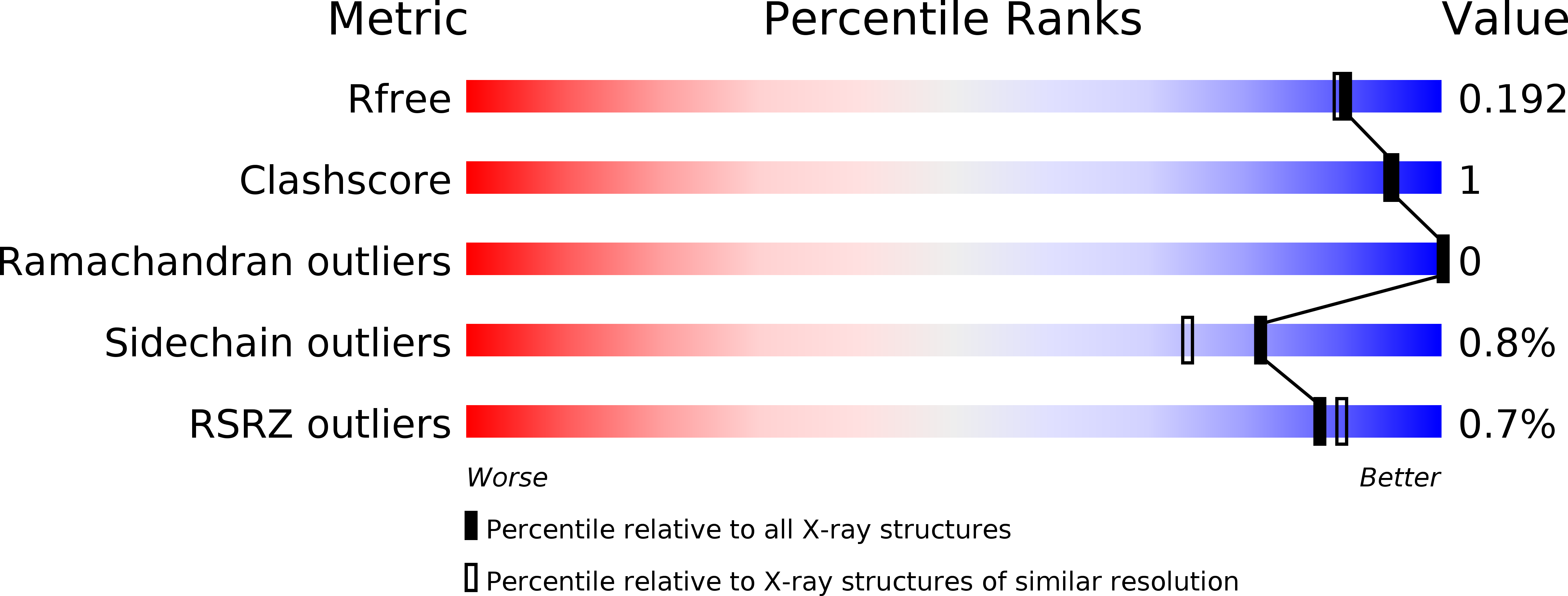
Deposition Date
2008-11-07
Release Date
2009-06-23
Last Version Date
2023-12-27
Method Details:
Experimental Method:
Resolution:
1.70 Å
R-Value Free:
0.17
R-Value Work:
0.14
R-Value Observed:
0.14
Space Group:
P 1 21 1


